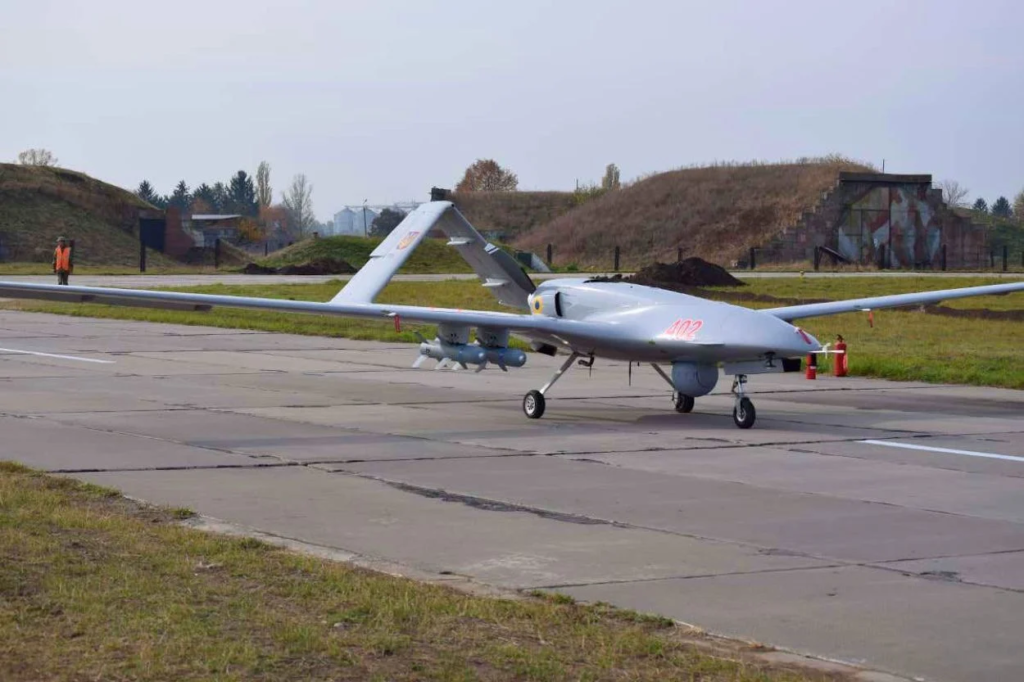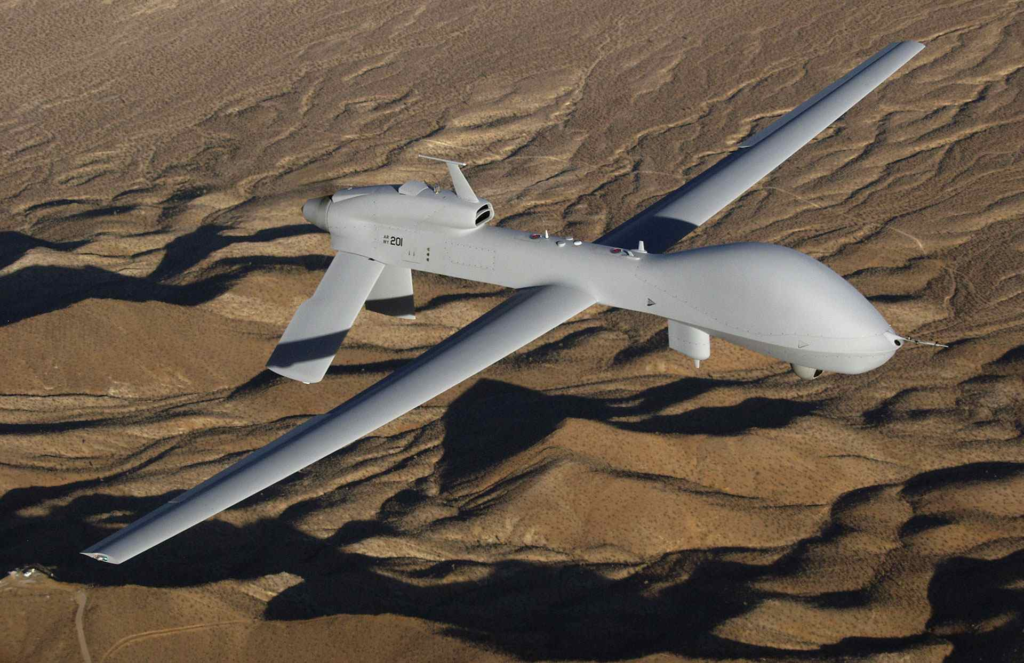Last year, a group of 16 US Senators sent Pentagon chief Lloyd Austin a letter asking the Pentagon to send Gray Eagle MQ-1C drones to Ukraine. However, despite announcing cutting-edge equipment like Abrams Main Battle Tanks (MBTs) for Kyiv, Washington has stopped short of sending the Gray Eagles.
Russian military expert Dmitry Drozdenko recently said that Unmanned Aerial Vehicles (UAVs) are increasingly becoming a simple target for Russian air defense, which is why the Americans ultimately declined to provide Ukraine with MQ-1C Gray Eagle drones.
Advertisement
It has long been understood that US lawmakers have refrained from approving a transfer of the MQ-1C Gray Eagle drone to Ukraine for fear of classified technology falling into Russian hands. In November 2022, CNN reported that the US was downgrading the MQ-1C for shipment to Ukraine.
The report said that before being sent to Ukraine, some drones would probably have critical electronics removed. This was to include components like a synthetic aperture radar/ground moving target indicator (SAR/GMTI) system and additional parts to support its Electronic Intelligence (ELINT) gathering capabilities.
Advertisement
At the time, even though it was understood that sensitive technology was to be removed from the drone, the report said that it would take a while to alter the drone to the point where little would be lost if it crashed in territory under Russian control.
Russian military expert Dmitry Drozdenko stated that the attack drones have not significantly influenced the activities of the Ukrainian army over the past few months. The attack drones at the disposal of the Armed Forces of Ukraine could operate effectively only at the very beginning of the conflict.
“As for the situation with the Gray Eagle, they were not sent because they would have been useless there, like the (Turkish) Bayraktar drones. They were effective at the beginning of the conflict until Moscow figured out a way. You don’t hear anything about Bayraktars now, and the Gray Eagle is the same as Bayraktar, only a little better,” Drozdenko explained.
Advertisement

Early into the conflict, Ukraine started to deploy the Turkish Bayraktar TB2 drones, which were identified as the “perfect weapon” with the potential to alter the outcome of the conflict. The Turkish-origin UAVs have now largely vanished from the battlefield, raising doubts about their efficiency.
The success of the Turkish drones was widely reported in the media during the early phases of the conflict, with several videos on social media showing the drones decimating Russian advances. Consequently, their sudden disappearance from the battlefield left analysts baffled.
ALSO READ
Momentum had been building in the United States to transfer Gray Eagle MQ-1C drones to Kyiv. The US Army Europe Commander, Lieutenant General Ben Hodges (retd), said earlier this month that the drone was one of the key weapons that Kyiv requires.
The Gray Eagle would “give an extended range and reach that would enable Ukraine to prevent Russia from ever repairing the Kerch Bridge [in Crimea], and it can also seek out places where Russia is launching missiles against civilian targets.”
Advertisement
The Game-Changing Capability Of MQ-1C Gray Eagle
The Gray Eagle MQ-1C is manufactured by General Atomics and is an upgraded version of the Predator drone widely used by the US military in Iraq and Afghanistan.
The drone is 26 meters long and 52 meters wide and can carry a payload of 360 kilograms at a maximum takeoff weight of 1,633 kilograms. It has a top speed of 309 kilometers per hour, a service ceiling of 29,000 feet, and a 25-hour endurance owing to a 164-horsepower heavy-fuel engine.
The MQ-1C drones delivered to Ukraine would most likely have AN/AAS-52 Multi-spectral Targeting System (MTS) under the nose, allowing the drone to recognize and engage ground targets with AGM-114 Hellfire missiles in any weather and illumination situations.
The MQ-1C would be able to observe and recognize targets at a distance while cruising above 25,000 feet. The Hellfire missile, for one, features Semi-Active Laser Homing (SALH), an eight-kilogram warhead, and a maximum range of around 11 kilometers. MQ-1C drone operators identify and geo-locate the target using the MTS and then launch a Hellfire missile to home onto the target.
Advertisement

The lengthy endurance of the MQ-1C drone and the Hellfire missile’s lethal accuracy are expected to balance Russia’s advantage over Ukraine in conventional artillery, which the previous HIMARS systems have considerably reduced.
Along with Russian artillery, the Gray Eagle would strain Russian supply lines and make them vulnerable to attack by putting Russian command centers and ammo depots at risk in the interior.
However, it is also pertinent to note that the MQ-1C would be forced to operate from far inside Ukrainian territory rather than close to the frontline, as Russian fighters, EW systems, and AD missile systems can severely limit the drone’s ability to detect and attack targets.
ALSO READ
Having the Gray Eagle deployed in Ukraine represents a significant security challenge for the United States. It would increase the likelihood that cutting-edge US technology used with the MTS system would end up in Russian hands.
A Gray Eagle might stray and crash into Russian-controlled territory due to component failures, allowing Russia access to the drone.
This has been so far cited as a reason for withholding the drone, even though the officials have gotten past their initial inhibitions and announced the delivery of cutting-edge air defense systems and tanks – a previously unthinkable prospect.
Advertisement
Follow World Defence on Google News
READ MORE
Su-25 Fighter Attacked With MANPAD; Russian-Origin Warplane Keeps Flying Despite Suffering Damages